1. Saturday Morning Cartoons Were a Big Deal
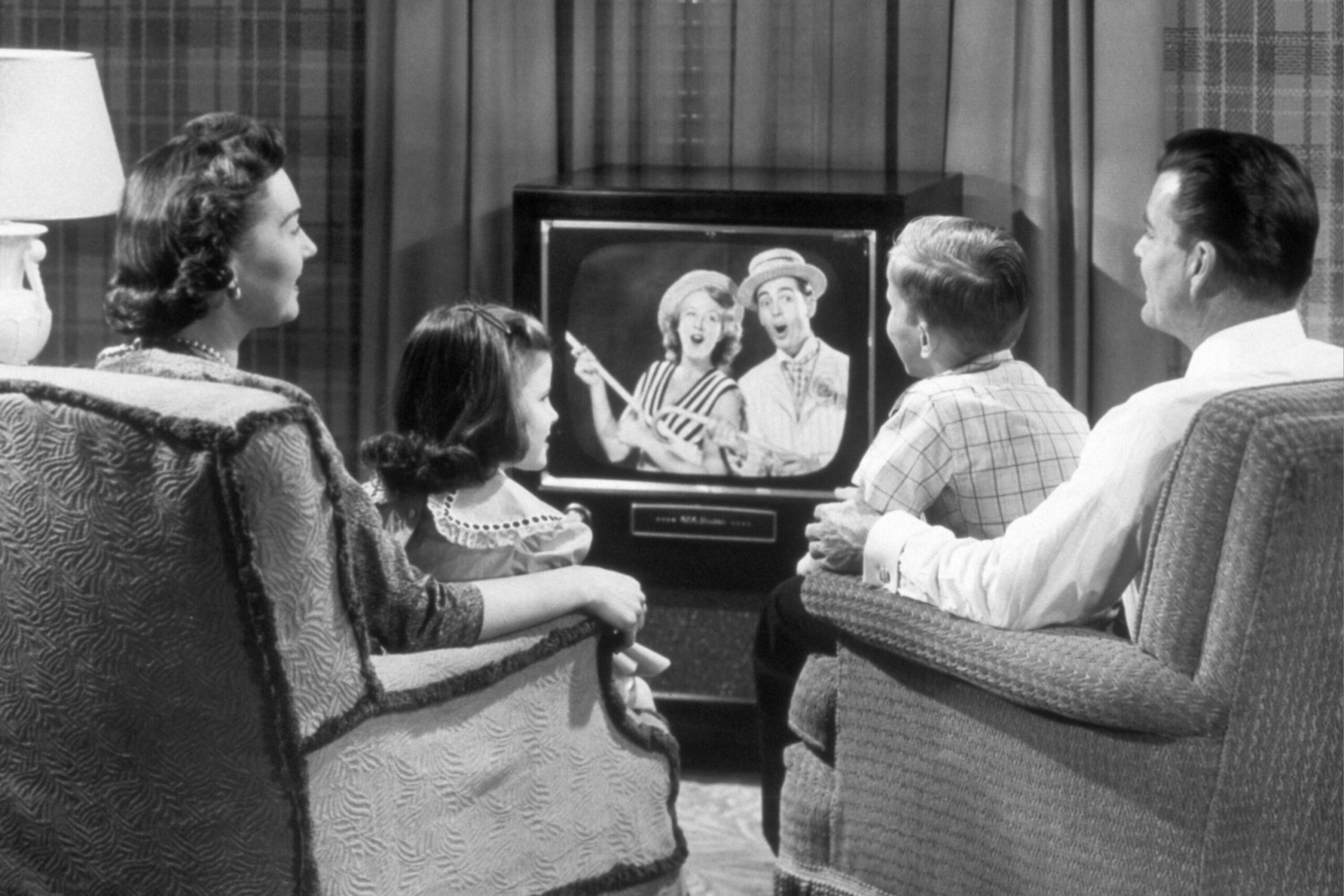
There was nothing quite like waking up early on a Saturday, pouring a big bowl of sugary cereal, and settling in for hours of cartoons. Networks knew kids would be glued to the screen, so they packed the morning with shows like Looney Tunes, He-Man, and Scooby-Doo. It was a weekly ritual, and if you missed an episode, you were out of luck—no streaming, no DVR, just a long wait for reruns. The commercials were just as much a part of the experience, pushing the latest action figures and breakfast cereals. Parents got a few precious hours of quiet, and kids had their own version of weekend bliss shares CBR.
Then, seemingly overnight, Saturday morning cartoons disappeared. By the late ‘90s, cable channels like Cartoon Network and Nickelodeon had taken over, offering cartoons all day. The FCC also stepped in with new regulations requiring more educational programming, which meant fewer fun shows. Eventually, streaming and on-demand content made scheduled cartoons a thing of the past. For Gen X, though, those Saturday mornings were a treasured part of childhood, never to be replicated adds MSN.
2. Calling a Friend and Hoping They Were Home
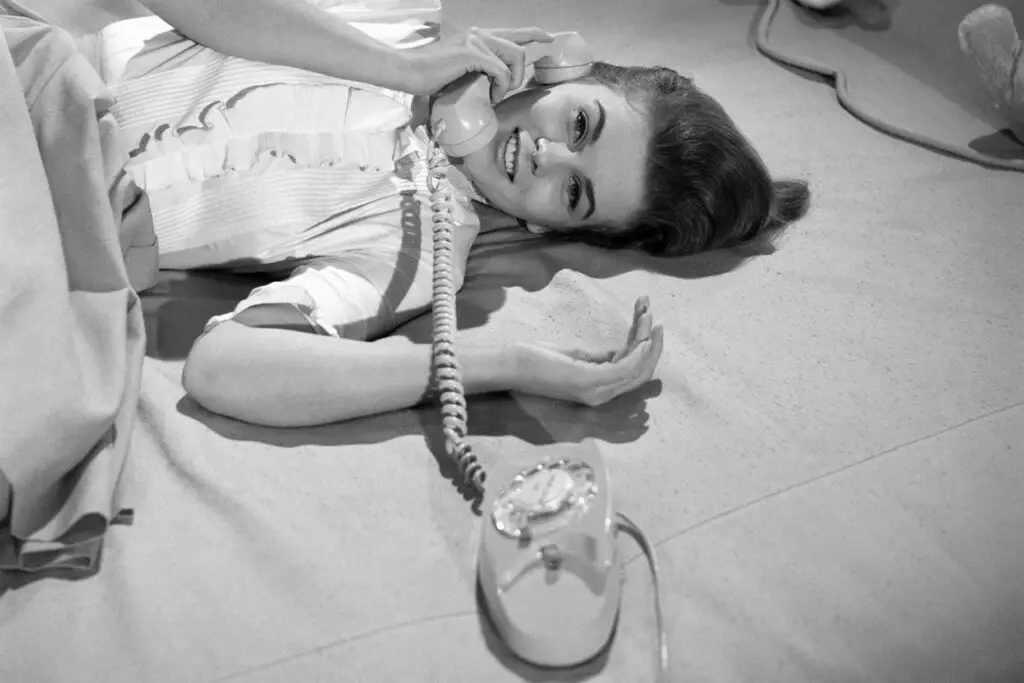
Before texting and DMs, making plans required an actual phone call. You’d dial your friend’s number and cross your fingers that they were home to answer. If their parents picked up, you had to be polite and ask if they were available. If they weren’t, you either left a message (if they had an answering machine) or just tried again later. There was no way to know if someone had seen your message or was ignoring you—you simply had to wait says Slate.
This made communication feel more personal but also more uncertain. Plans were made in advance, and if someone was running late, there was no way to check in. You just waited at the mall or the movie theater and hoped they’d show up. The idea of instantly reaching someone at any time would have seemed like science fiction. Gen X was the last to experience this kind of patience-testing social life explains BBC.
3. The Thrill of Developing Film

Taking pictures used to be a commitment. You had to carefully frame your shot, hope everyone was smiling, and then wait days or even weeks to see how it turned out. There was no deleting bad photos or retaking them instantly. If someone blinked, that was just part of the memory. Dropping off a roll of film at the drugstore and waiting for the envelope of prints to be ready was an exciting, slightly nerve-wracking experience.
The anticipation made photography feel more special. Every photo had value because film was limited, and getting extra prints to share with friends meant paying more. Photo albums were a staple in every household, filled with imperfect but cherished snapshots of life. Once digital cameras and smartphones took over, the magic of surprise disappeared. Gen X was the last to truly experience photography as an event rather than an everyday convenience.
4. Watching TV Shows on a Strict Schedule
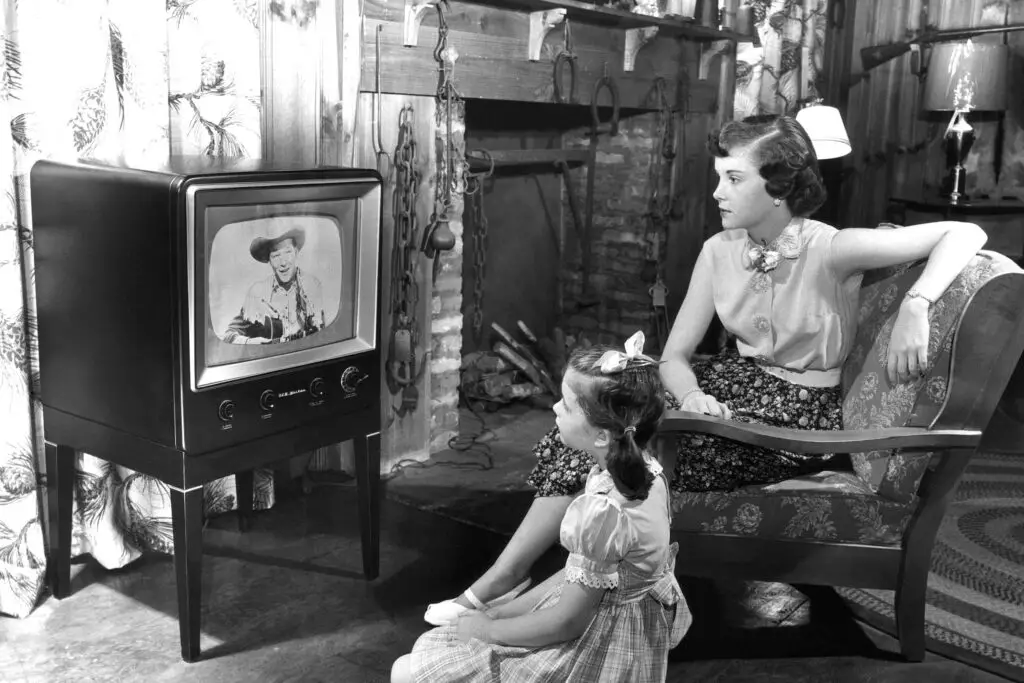
If you wanted to watch your favorite show, you had to be in front of the TV at the exact right time. Miss an episode, and you’d have to rely on a friend’s recap or hope for a rerun. There was no pausing, no rewinding, and definitely no skipping commercials. Families would plan their evenings around the TV schedule, making sure dinner was finished before The Cosby Show or Cheers came on. Some shows even had “very special episodes” that everyone talked about the next day.
Appointment television created a shared experience. Everyone watched the same big moments together, and spoilers weren’t an issue since there was only one chance to see them. The rise of DVRs, streaming, and binge-watching changed all that. Now, people can watch whenever they want, but something about the excitement of a scheduled show is gone. Gen X was the last to know the feeling of racing home to catch a favorite episode live.
5. Learning to Drive Without GPS

Getting a driver’s license meant gaining freedom, but it also meant learning to navigate with paper maps and written directions. If you were going somewhere new, you’d have to study a map in advance or write down instructions from a friend. If you got lost, pulling over at a gas station to ask for help was the best option. Long road trips meant unfolding a massive map and hoping you could refold it the right way.
It made driving an adventure, but also a challenge. You had to develop a sense of direction and remember landmarks instead of relying on a robotic voice telling you to turn left. Road trips felt like puzzles, and missing an exit could lead to a completely unplanned detour. Now, with GPS on every phone, getting lost is nearly impossible. Gen X was the last to experience driving as a skill rather than just following an app.
6. Renting Movies at the Video Store
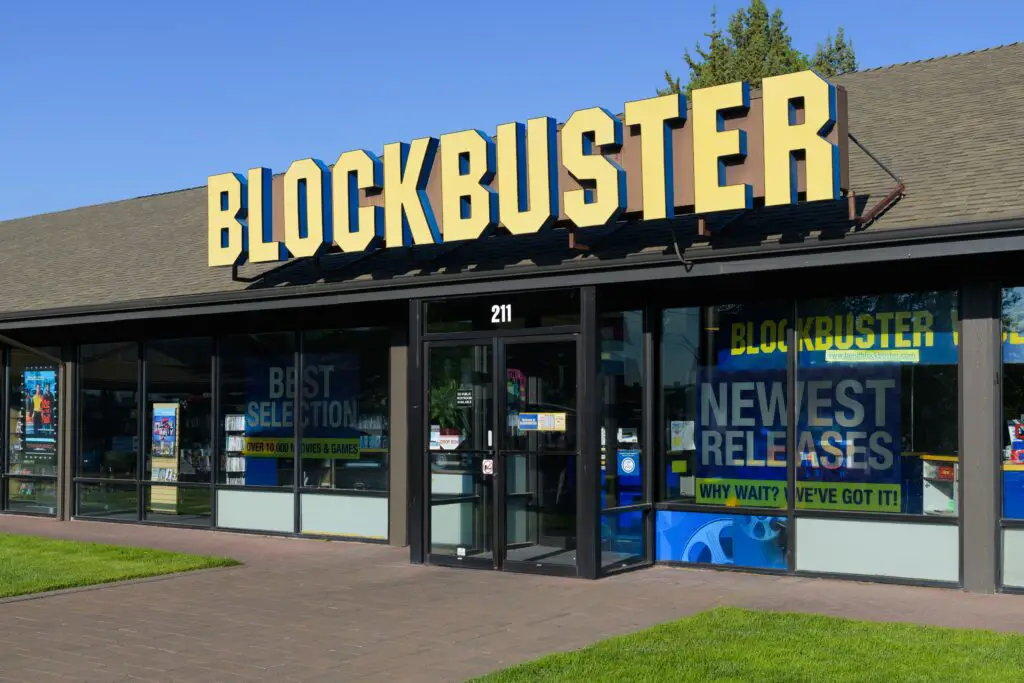
Friday nights meant a trip to the local video store to pick out a movie. Walking up and down the aisles, reading the back of VHS boxes, and hoping the movie you wanted wasn’t already rented out was all part of the fun. If you were lucky, a copy had just been returned, and the clerk would hand it to you before anyone else snatched it up. Late fees were the bane of everyone’s existence, but rewinding tapes before returning them was just common courtesy.
Movie night had an element of effort that made it feel special. You had to commit to your choice since there was no endless scrolling through streaming options. Video stores also had a community feel, with employees who gave recommendations and a section dedicated to staff picks. Once streaming took over, the ritual of renting movies disappeared overnight. Gen X was the last to experience the thrill of picking out a physical movie for the weekend.
7. Recording Songs Off the Radio

Before playlists and instant downloads, making a mixtape meant sitting by the radio with a blank cassette ready to go. You had to listen patiently, waiting for your favorite song to play, and hit record at just the right moment. If the DJ talked over the intro, too bad—you were stuck with it. Sometimes you’d catch part of a commercial at the end, but it didn’t matter. A well-crafted mixtape was a work of art, often made for a crush or a best friend.
There was something personal about the effort involved. Each tape told a story, with songs recorded in a specific order for a reason. Now, curating a playlist takes seconds, and music is available instantly. But it lacks the hands-on experience that made mixtapes feel so meaningful. Gen X was the last to experience the magic of crafting the perfect homemade playlist by hand.
8. Using a Pay Phone in an Emergency

If you needed to call home while out, you had to find a pay phone and hope you had enough change. If you didn’t, you could try calling collect, but your parents might not appreciate that surprise charge. Memorizing phone numbers was a necessity since there was no contacts list to scroll through. If the line was busy, you just had to wait.
There was a certain urgency to using a pay phone, especially if it was raining or there was a line behind you. Now, with everyone carrying a phone in their pocket, the idea of scrambling for change to make a call feels ancient. Pay phones have almost completely disappeared, replaced by instant communication. Gen X was the last to rely on them as a lifeline when they were out and about.
9. Memorizing Phone Numbers

Back when landlines were the only option, remembering phone numbers was a necessity. You knew your best friend’s number, your grandparents’ number, and maybe even the number of the local pizza place by heart. If you got separated from your friends at the mall, you couldn’t just send a text—you had to find a pay phone and dial from memory. Parents drilled their home number into kids’ heads in case of emergencies, and losing an address book meant serious trouble.
Now, no one needs to remember numbers because they’re all saved in our phones. If someone asks for their own spouse’s or sibling’s number, chances are they’ll have to check their contacts list. It’s convenient, but also a little unsettling to think about how reliant we’ve become on technology for something so basic. Gen X was the last to live in a world where knowing phone numbers offhand was just part of life.
10. The Card Catalog at the Library
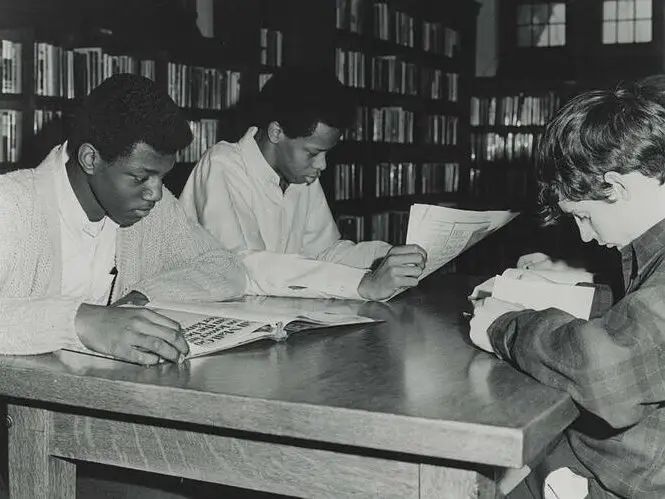
Researching something used to mean going to the library and flipping through drawers of index cards to find a book. The Dewey Decimal System was a skill everyone had to learn, and finding the right book felt like solving a mystery. If you needed more information, you had to search through encyclopedias or microfilm—not just type a question into Google. It took effort, but it made you appreciate the knowledge you found.
Now, everything is digital, and libraries have adapted to keep up. Card catalogs have been replaced by search engines, and books can be found with a few keystrokes. While it’s undeniably easier, something about the hands-on process of searching for information made learning feel more engaging. Gen X was the last to experience research as an adventure rather than a quick online search.
11. Blowing into Video Game Cartridges
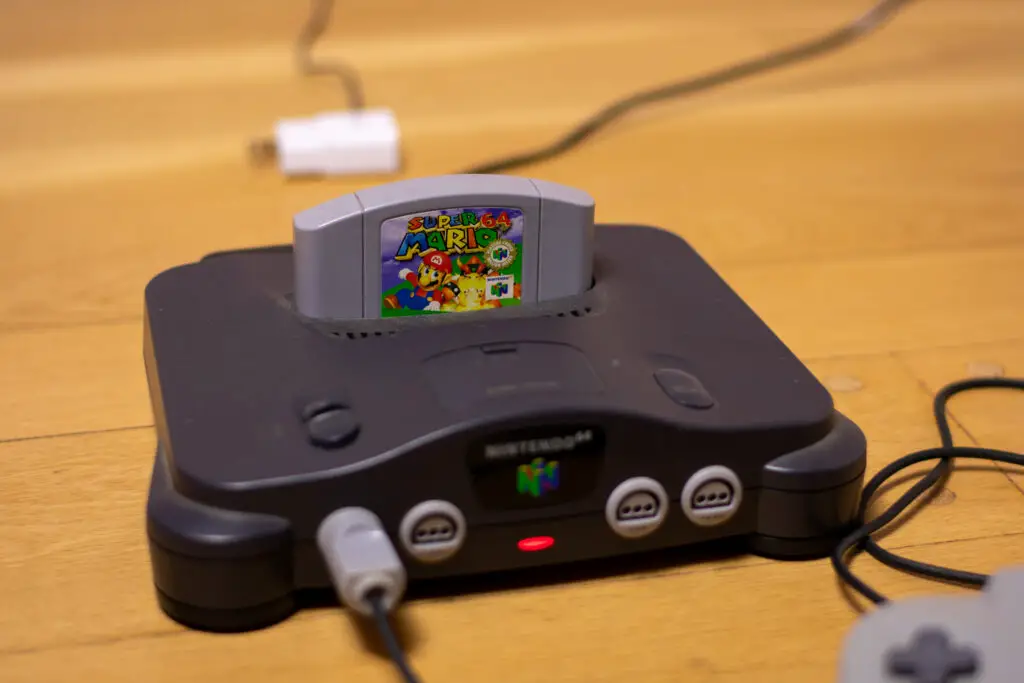
Anyone who played Nintendo or Sega games in the ‘80s and ‘90s remembers the universal fix for a glitchy game—blowing into the cartridge. If your game froze or wouldn’t load, a few puffs of air seemed to magically bring it back to life. Everyone had their own technique, whether it was a gentle breath or a full-force blow. It wasn’t actually the best way to fix a game, but that didn’t stop an entire generation from doing it.
Today’s gaming is all digital, and if something doesn’t work, there’s usually a software update to fix it. There’s no need to fiddle with physical cartridges or worry about scratches ruining a disc. While modern gaming is more reliable, there was something satisfying about physically handling your games and making them work. Gen X was the last to experience the quirky little rituals that came with old-school gaming.
12. Passing Notes in Class

Before texting, kids communicated in class by passing folded-up notes. There were different ways to fold them, some more elaborate than others, and the message inside was usually written with a gel pen or a number-two pencil. Getting caught meant the teacher might read it out loud, which was a nightmare scenario. But successfully passing a note across the room without getting caught felt like a victory.
Now, students just text each other under their desks, and the art of note-passing has faded away. There’s no more unfolding a note and finding out someone had a crush on you or reading a dramatic rant about a boring class. Digital messages are convenient, but they don’t have the same charm as a handwritten note. Gen X was the last to experience the thrill of passing a secret message in the middle of a school day.
